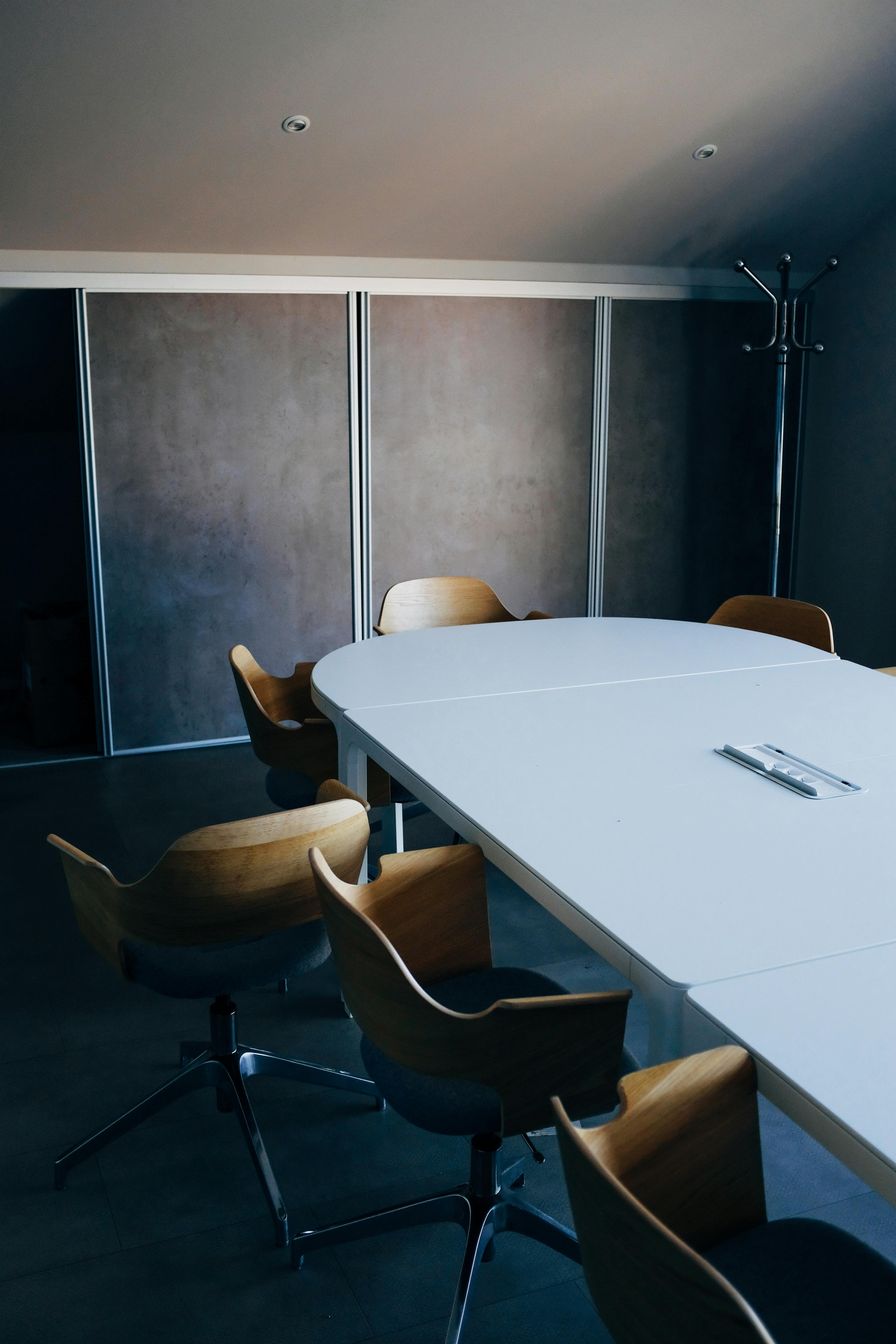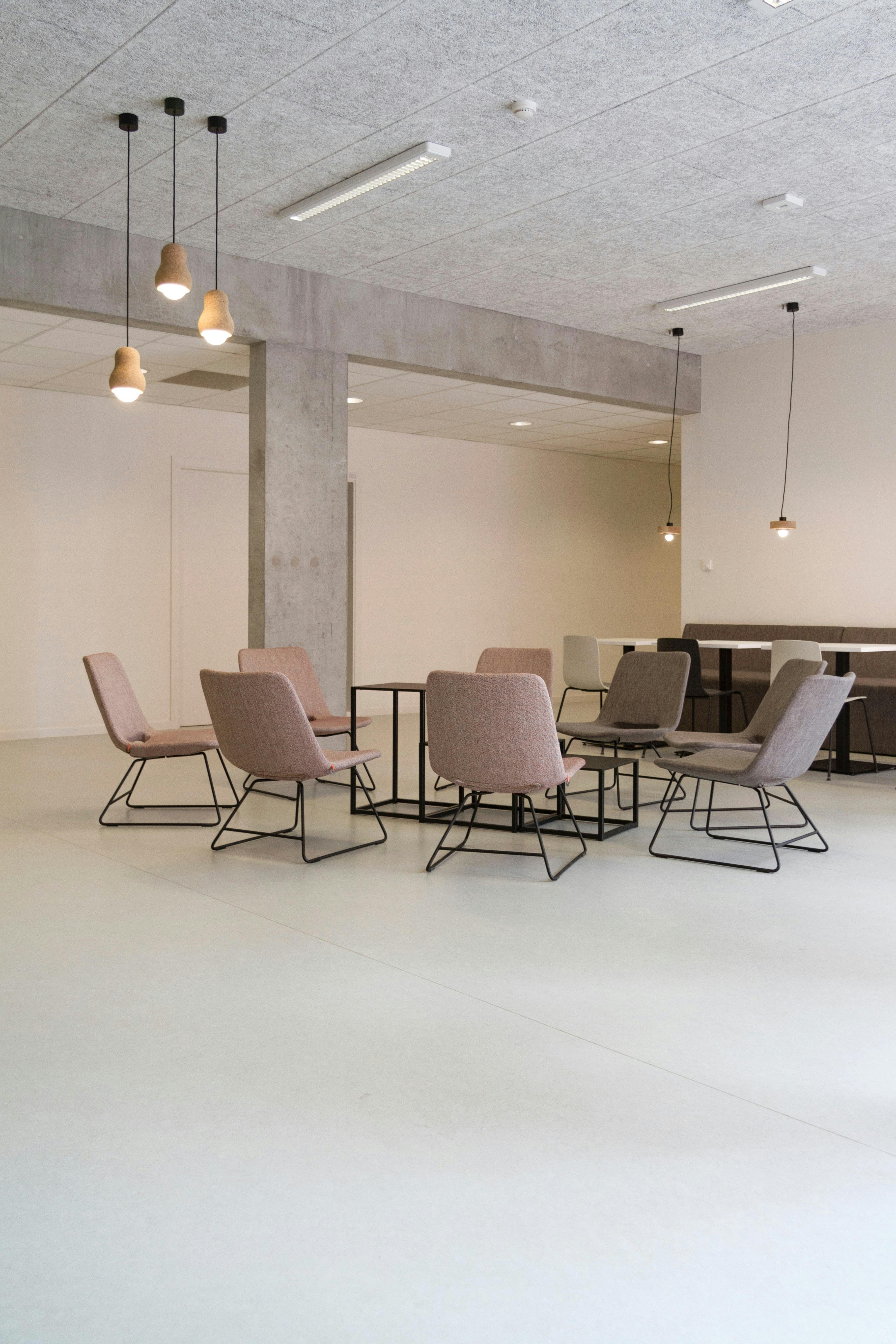Westpac’s Second Life project is taking innovative steps for waste diversion, arranging the rehoming of tonnes of decommissioned office furniture. First published on Sustainability Matters.
Office and retail refurbishment generates over 55,000t of waste every year in the Sydney CBD alone at an average rate of 63 t/1000m2. As companies grow and move to new sites, it is typical that the furniture and fittings previously installed are left behind, and, more than likely, sent to landfill.
While many materials generated by office refurbishment can be recycled (ie, plasterboard, metals, glass and carpet tiles), furniture is typically composites, made from textiles, plastics, metals and engineered timbers, which collectively are unlikely to be recycled. With the commercial pressure to re-lease a site and have it ready for an incoming tenant, the time-consuming process of gifting and rehoming furniture is often forgotten.
While the Better Buildings Partnership (BBP), NSW Environmental Protection Authority (NSW EPA) and Edge Impact have been working on developing a list of schools, charities, businesses and community groups able to receive these materials, Westpac Group has undertaken one of the most ambitious projects of this type, ‘Second Life’, at its corporate headquarters in Kent Street, in Sydney. The building is currently undergoing a three-year transformation.
Westpac’s ‘Second Life’ Project
Westpac’s goal in its refurbishment is to divert as much waste from landfill as possible — not just in the demolition, but by giving unwanted loose office and furniture items a ‘second life’ through donation to community partners, re-use elsewhere within the group and take-back and re-use options from suppliers.
Armed with the upcoming project schedule, detailed inventories of items available and a list of supported community partners, Westpac began the process of matching supply and demand, subsidising the transport of items to willing recipients.
As of September 2017, six of the floors have been refurbished, and 40-plus not-for-profit, charity and community partners have received more than 1400 items, including 600+ chairs, 390 tables, 252 filing cabinets and 60 kitchen appliances. However, with 13 floors to go, the project is far from over.
Now entering its third tranche, Second Life is more refined, but remains incredibly manual, and, at times, challenging from a scheduling perspective.
Word is spreading and many of Westpac’s staff are now recommending potential recipients within their networks to share the opportunity more broadly. Feedback received from recipients has been extremely positive — with a number of community organisations ‘kitted out’ with Westpac furniture.
“Westpac has been a strong supporter of community organisations, particularly through its foundations for many years, and this is another expression of that support,” said Jason Flanagan, integration director on the project. “Our donations of goods provide real benefit to these organisations enabling them to direct their funds to their cause, whilst also creating a fantastic environmental outcome by taking unwanted items out of the waste stream.”
Practice makes perfect
At the Darling Park Tower 2 project, where building manager Jones Lang LaSalle commissioned Edge Impact to deliver furniture recovery, over 84 t of material was saved from landfill and donated to a range of schools, charities and community groups, reducing the scope of demolition by an estimated $30,000.
Student computer room.
The project demonstrated one key learning — the inventory, socialisation and management of rehoming furniture can be done at a cost neutral of better margin. In the upcoming refurbishment of the AMP Centre (50 Bridge Street), AMP Capital is exploring ways to most cost-effectively rehome furniture while developing a commensurate reduction in the scope and cost of demolition based on furniture recovered.
The hardest parts of the process are the development of an accurate inventory and the logistics — aligning when items are available with when our community partners can receive them — but it’s a challenge worth taking on
Olivia Tyler

Where to from here?
In an industry programmed to replicate and drive efficiency in project delivery, disruption is required to change the default approach to these projects. The BBP’s Stripout Waste Guidelines provide an approach but there lacks an embedded mechanism to facilitate and deliver these projects.
There is opportunity to explore a business model for the establishment of a new entity of business stream in the delivery of these projects, to pick up on the improved notice and management of refurbishment projects driven by the BBP. A critical part of this is the management of timelines and storage of items, to suit situations where a recipient is unable to receive furniture while it is available (prior to demolition). The provision of a facility able to deliver this would vastly increase the ability to recover furniture.
“The hardest parts of the process are the development of an accurate inventory and the logistics — aligning when items are available with when our community partners can receive them — but it’s a challenge worth taking on” said Olivia Tyler, director sustainable business services, who’s supporting the project team in this undertaking, and would love to see the development and introduction of some form of automated inventory creation, and matching organisations with the demand with offices that have the supply.
In a national context, this program also requires replication across other capital cities, not only to open furniture distribution channels beyond Sydney, but also to address furniture wastage that occurs in other capital city CBDs and remote and regional Australia.
If you are interested in learning more about office refurbishment and recycling schemes, please contact Lloyd Parker (loyd.parker@edgeimpact.global).

CRJO partnered with Edge to develop a toolkit for retrofitting homes, boosting bushfire resilience for homeowners, councils, and industry.

We set out to unpack the nature-related impacts and dependencies through UNSW’s supply chain.






